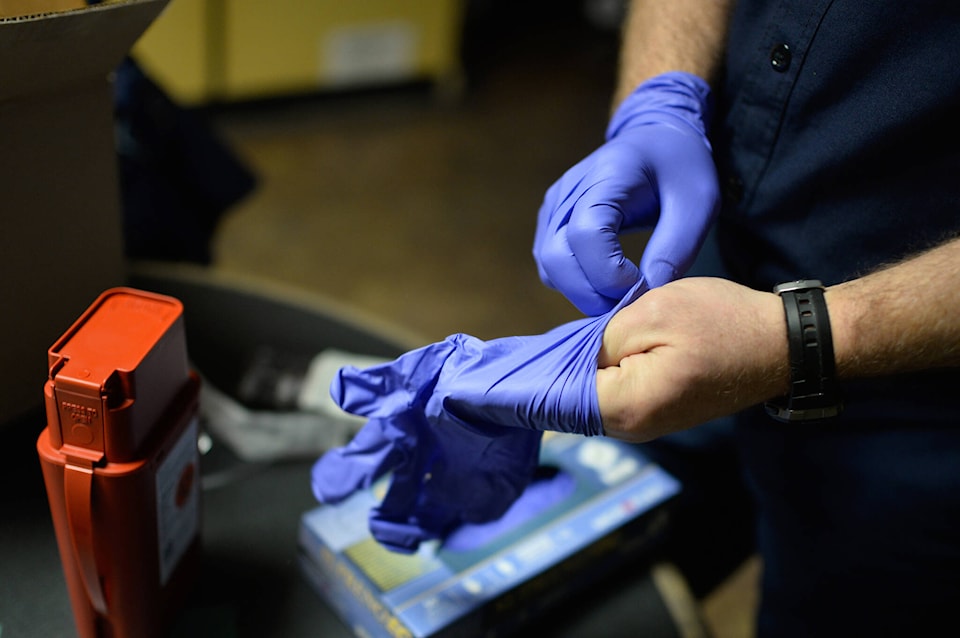More people are dying in Mission from illicit toxic drugs than ever before.
That’s according to the latest numbers from the BC Coroners Service.
According to the data, 21 Mission residents have died so far in 2022, up until the end of August.
Mission’s illicit toxicity death rate per 100,000 has skyrocketed from 38.9 in 2017 to 65 in 2022.
Meanwhile, B.C. as a whole is on track to surpass 2,000 deaths from the toxic drug crisis for a second year in a row, according to the latest death tolls from the BC Coroners Service.
There were 171 lives lost in September, the service said in an update Monday (Nov. 7), which is equal to almost six people dying each day.
“Both those who use drugs occasionally and those who are substance-dependent are at risk of sudden death from the unpredictable illicit market,” said Lisa Lapointe, chief coroner, in a statement.
“Individuals who have been abstinent for a period of time or those who normally use stimulants are at increased risk. Their opioid tolerance is low and the prevalence of fentanyl in the illicit supply is high.”
A majority, or 71 per cent, of those who have fatally overdoses are between 30-59 years old. Seventy-nine per cent have been men – statistics both consistent since illicit drugs started fatally poisoning a staggering number of British Columbians in 2016.
September is the 24th consecutive month in which at least 150 deaths suspected to have been caused by illicit drug toxicity were reported to the BC Coroners Service.
Illicit drug toxicity is the leading cause of unnatural death in British Columbia and is second only to cancers in terms of years of life lost. At least 10,505 British Columbians have been lost to illicit drugs since the public-health emergency into substance-related harms was first declared in April 2016.
͟“I am encouraged by the many recommendations made by the Select Standing Committee on Health last week that echo those of the recent coroners service death-review panel,͟” said Lapointe. ͞“Both reports emphasize the need for a statutory framework that encompasses all treatment and recovery services in British Columbia, along with appropriate regulations, standards, protocols, evaluation and public reporting regarding the measures being taken to address this crisis. It is also clear that the standing committee felt the same urgency as the panel members around the need to increase accessibility to a safer supply of substances, where and when people need them. It is of critical importance that a safer option be available to the tens of thousands of people in our province currently at risk of serious harm or death.͟”
READ MORE: Veteran meets amputee for Remembrance Day
The townships reporting the highest number of illicit drug toxicity deaths in 2022 are Vancouver, Surrey and Greater Victoria.
By health authority, in 2022 the highest number of illicit drug toxicity deaths were in Fraser and Vancouver Coastal health authorities (492 and 457 deaths, respectively), making up 58 per cent of all such deaths.
By health authority, in 2022 the highest rates of death were in Northern Health (55 deaths per 100,000 individuals) and Vancouver Coastal Health (48 per 100,000).
Overall, the rate of death in B.C. is 42 deaths per 100,000 individuals in 2022.
- With files from Ashley Wadhwani, Black Press
See the Overdose Prevention Guide by clicking here.
@shinebox44
chris.campbell@missioncityrecord.com
Like us on Facebook and follow us on Twitter.
